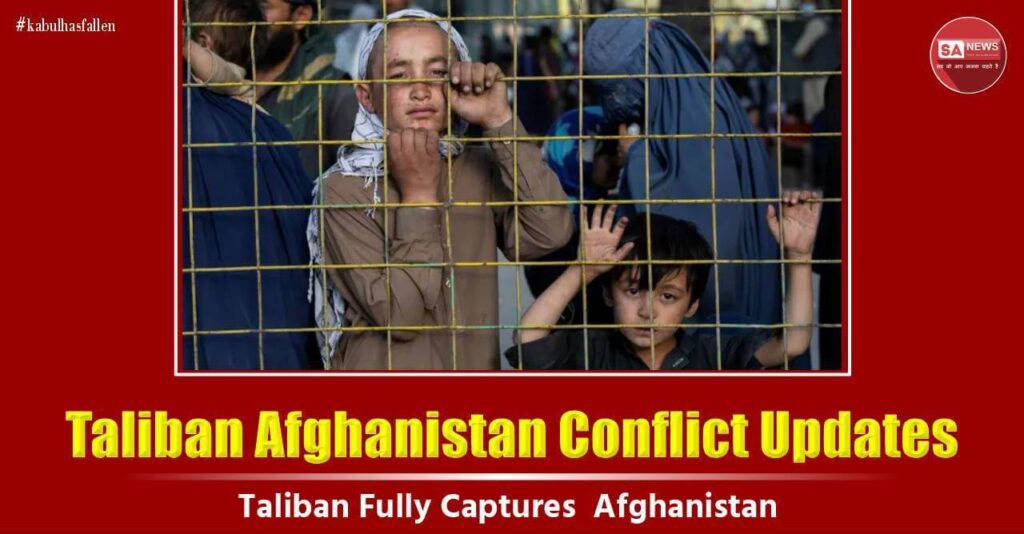A history of the Taliban
The Taliban, which means “students” in the Pashto language, emerged in 1994 around the southern Afghan city of Kandahar. It was one of the factions fighting a civil war for control of the country following the withdrawal of the Soviet Union and subsequent collapse of the government.
It originally drew members from so-called “mujahideen” fighters who, with support from the United States, repelled Soviet forces in the 1980s.
Within the space of two years, the Taliban had gained sole control over most of the country, proclaiming an Islamic emirate in 1996 with a harsh interpretation of Islamic law. Other mujahideen groups retreated to the north of the country.
Following the Sept 11, 2001 attacks in the United States by Al-Qaeda, US-backed forces in the north swept into Kabul in November under the cover of heavy US airstrikes.
The Taliban melted away into remote areas, where it began a 20-year-long insurgency against the Afghan government and its Western allies.
Why Afghanistan Surrender?
The Afghan military completely collapsed. It lost control of much of the country, often without putting up a fight, and allowed the Taliban to take over. Near the end, provincial capitals fell with dizzying rapidity. On August 15, Taliban fighters marched into Kabul.
How did the $83 billion U.S. effort to train and equip the Afghan military go so wrong? Why didn’t the Afghan military fight harder to stop the Taliban?
Fatally Demoralized
The answer could be found in Napoleon Bonaparte’s maxim: “In war, the moral is to the physical as ten is to one.” Quite simply, an Afghan military that over the past twenty years had learned to rely on U.S. support for airpower, intelligence, logistics, planning, and other vital enablers was fatally demoralized by the U.S. decision to abandon it. An Afghan special forces officer told the Washington Post that many Afghans saw the troop withdrawal deal that the Donald Trump administration signed with the Taliban in February 2020 as “the end” and that the United States “left [the Afghan military] to fail.” As a result, he said, “Everyone was just looking out for himself.”
Now Afghanistan People are afraid.
The streets of the Afghan capital were eerily deserted on Sunday afternoon as Taliban fighters entered the city. Most people were holed up at home. Police and security forces associated with the pro-western government swapped their uniforms for civilian clothes.
Others put on white scarves, the colour of the Taliban. Earlier in the day, locals thronged banks in an attempt to withdraw their savings, and rushed to markets to try to stock up on food.
“People are afraid. They are fearful for their families, for their wives and their daughters especially,” said one resident, Sayed, speaking from Kabul by phone.
He added: “A few residents in Kabul with links to the Taliban are happy. But the majority are really afraid.”
As the Taliban advanced to Kabul’s gates, Sayed said he saw women crying by the side of the road, desperately trying to get a ride home and to barricade their doors.
“People were running. Everyone was trying to find a vehicle. There were no taxis. Before, a trip would cost $2. Now the prices have gone up five times.”
Groups of fighters entered several districts, Sayed said, even before the Taliban fully took over the city.
They raised the white Taliban flag in the historic Babur gardens, where the first Mughal emperor is buried, and surrounded a police station in district seven, telling the officers inside to surrender and to give up their weapons.

